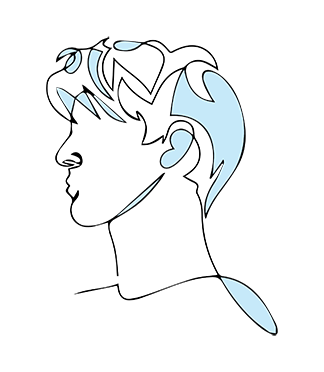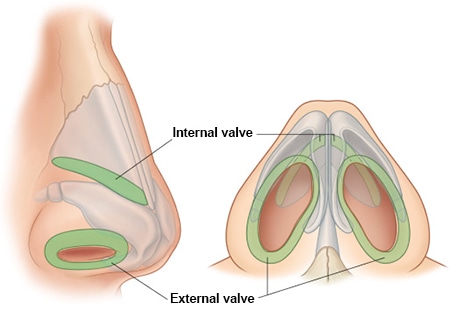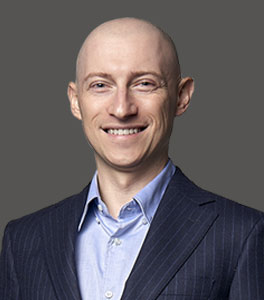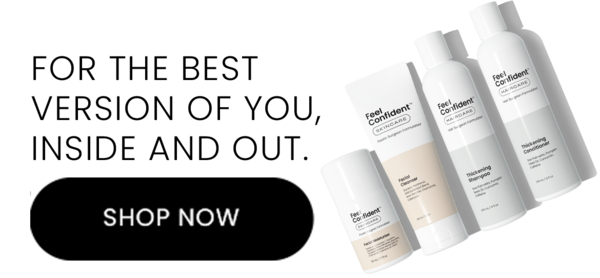

Nasal valve repairs may be required because of a number of factors. Inside the nose nostrils, the nasal valves keep the front air passages open. When nasal valves collapse, the nasal passages are pinched shut, just like pinching your nose with your fingers. When there is permanent nasal valve collapse or damage, the nasal passages may be obstructed. Dr. Gary Linkov is a top-rated plastic surgeon at City Facial Plastics in New York who offers nasal valve repairs, which are often included during a rhinoplasty revision or functional rhinoplasty.



The nasal valve consists of internal and external components that constitute the greatest amount of nasal airflow resistance in the nose. The external nasal valve can be thought of as the nostril opening and its boundaries are the nasal ala, alar rim, septum, medial crura, and nasal sill. The internal nasal valve is located further inside the nose and its boundaries are the septum, head of the inferior turbinate, and the upper lateral cartilage. Conditions that narrow either the internal or external nasal valve lead to nasal obstruction or blockage.
Dr. Gary is a fantastic NYC plastic surgeon who treats me and to whom I would recommend all my friends and family. He has a very conservative approach to fillers and I was extremely impressed with the way he filled my nasolabial lines that had been bothering me for years. It was painless, and I did not experience any bruising at all. Getting this done gave me so much confidence – I wish I worked with him years ago!
MARINA SHALMAN
Correcting faulty nasal valves has the potential to improve nasal obstruction, which in turn improves nasal breathing. Internal and external nasal valve collapse involves different repair strategies. Most repair techniques involve adding stronger structural support, in the form of cartilage in the majority of cases, to promote valve patency. The internal and external nasal valves are often addressed during the same nasal valve collapse surgery.
A good candidate for nasal valve repair has one or more of the following conditions, including:
In order to adequately prepare for a nasal valves collapse treatment, the following structures need to be carefully assessed:
The main types of surgery that address internal and external nasal valve collapse repair include:
A detailed review of the various types of nasal valve repair surgeries is provided, including:
Once you have decided to undergo nasal valve collapse surgery, Dr. Linkov will discuss in detail how to prepare for your surgery.
There are a few steps you should take before your nasal collapse surgery to get the best results. These steps include:
On the day of your nasal valve repair surgery in Midtown, Manhattan, it is important not to eat or drink 6 hours before your nasal valve repair surgery. Most nasal valve repair surgery is performed under general anesthesia with an anesthesiologist, so there will be no pain during the surgery and you will have no recollection of the procedure.
You will be asked to change into a surgical gown and women of child-bearing age will need to take a pregnancy test. The intake process can take about an hour, the surgery usually takes 2-4 hours, and recovery will be about another hour.
Recovery from nasal valve repair can be divided into time from surgery, such as:
It is important to avoid strenuous activity such as exercise or heavy lifting for at least 1 week. Avoid contact sports for at least 6 weeks.
Latera is a bioabsorbable lateral nasal wall stent, made of 70:30 copolymer of poly(l‐lactide) and poly(d‐lactide), that can be placed in the office or the operating room. The implant absorbs over the course of 18-24 months. The efficacy of the implant has been demonstrated for at least one year after placement. It is unclear exactly how long the results of Latera last.
The nasal valve is comprised of two parts, one at the tip of the nose and the other farther back in the internal portion. Depending on the extent of the damage to the nasal valves, rhinoplasty is used to repair either one or both portions. Often, cartilage grafting is needed to reconstruct the nose structure to support the nasal valve.
This offers relief from breathing and sinus issues, as well as snoring and unhealthy mouth breathing. Internal nose valve collapse can accompany other unfortunate issues from a poor nose job. Dr. Linkov will perform nasal valve repair and a revision rhinoplasty during the same procedure, giving you the function and form you desire.
The risks and complications of nasal valve repair surgery include:
Nasal breathing is an important quality of life factor for many people. If the nasal valves are found to be a contributor to nasal valve collapse and nasal breathing, then repair is recommended. In the well-selected patient who undergoes a nasal valve repair, the satisfaction is high. Attention must be paid to not significantly altering the cosmetic appearance of the nose. Dr. Linkov at City Facial Plastics in UES, Manhattan also performs many cosmetic rhinoplasty procedures and always factors in the aesthetics when offering functional nose surgery for nasal valve repair.
Patients often search for the best, top-rated doctor for nasal valve repair. Dr. Gary Linkov is a board-certified facial plastic surgeon in Manhattan, NY specializing in nasal surgery. Dr. Linkov is a specialist with extensive experience treating all conditions of the nose, especially those that have been previously operated.
He is the Chief of Otolaryngology and Facial Plastic Surgery for the Veterans Hospital in Brooklyn, NY, where he operates on complex nasal deformities on our country’s veterans. Dr. Linkov’s private practice in Manhattan’s Upper East Side focuses on cosmetic and functional rhinoplasty and other nasal procedures.
If you have collapsed nasal valves, contact City Facial Plastics, located in Manhattan, NYC. We will schedule your consultation with the facial plastic surgeon in New York City, Dr. Linkov to discuss options to give you relief and possibly improve the aesthetics of your nose.
Dr. Linkov is a great guy and is very knowledgeable. When it comes to FUE (including body hair transplant), it’s all about the experience of the doctor and technicians. Dr. Linkov has a very experienced team that allowed me to fully recover in 6 days.

Dr. Linkov is a double board-certified by the American Academy of Facial Plastic and Reconstructive Surgery and the American Board of Otolaryngology-Head & Neck Surgery. A native of New York, Dr. Linkov graduated as a salutatorian from Cornell University and received his Medical Degree at Columbia University College of Physicians and Surgeons. Dr. Linkov conducted advanced head and neck cancer research at the world-renowned Memorial Sloan Kettering Cancer Center. Dr. Linkov is a former Adjunct Assistant Professor at New York University (NYU), where he taught Rhinoplasty.
Dr. Linkov is a top-rated facial plastic surgeon in New York who specializes in lip lift, facelift, rhinoplasty, and hair transplant. He has been named one of the top 5 lip lift surgeons in the United States, is listed in the prestigious SuperDoctors New York™ registry, and has appeared on the Dr. Oz Show, where he discussed the state-of-the-art hair transplantation procedure.


City Facial Plastics 150 E 56th St, #1AB, New York, NY 10022 (212) 439-5177